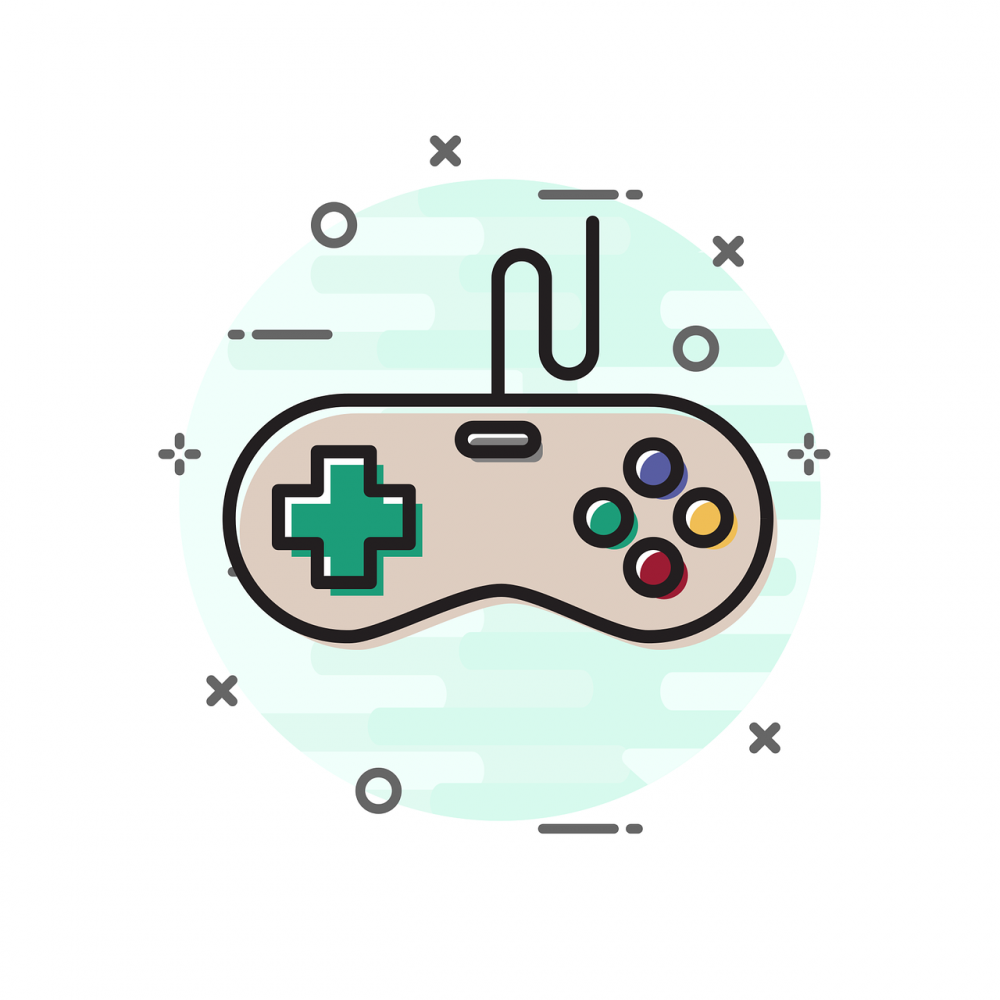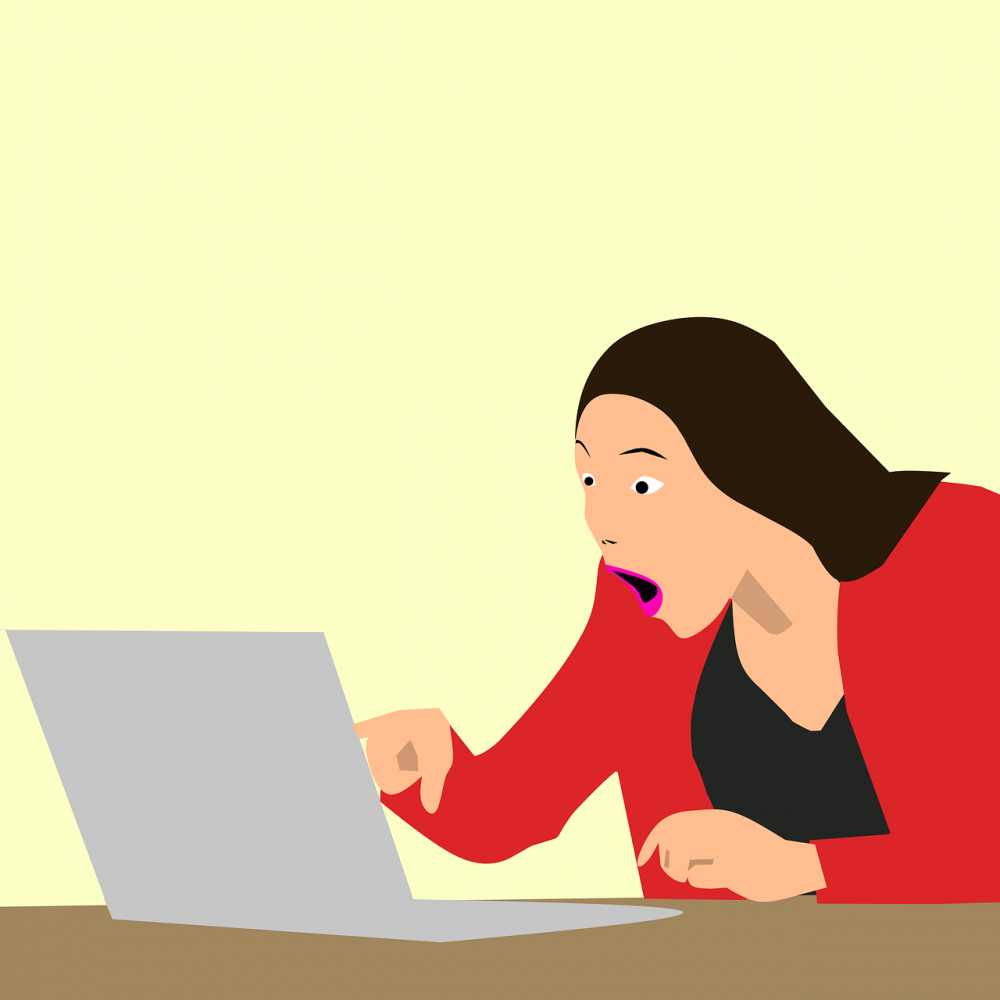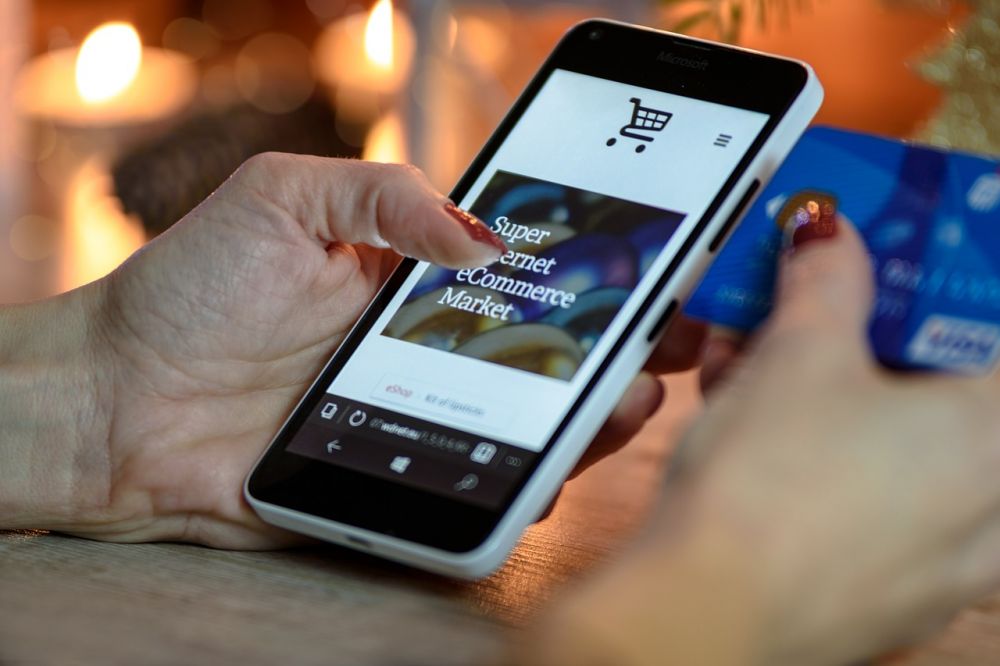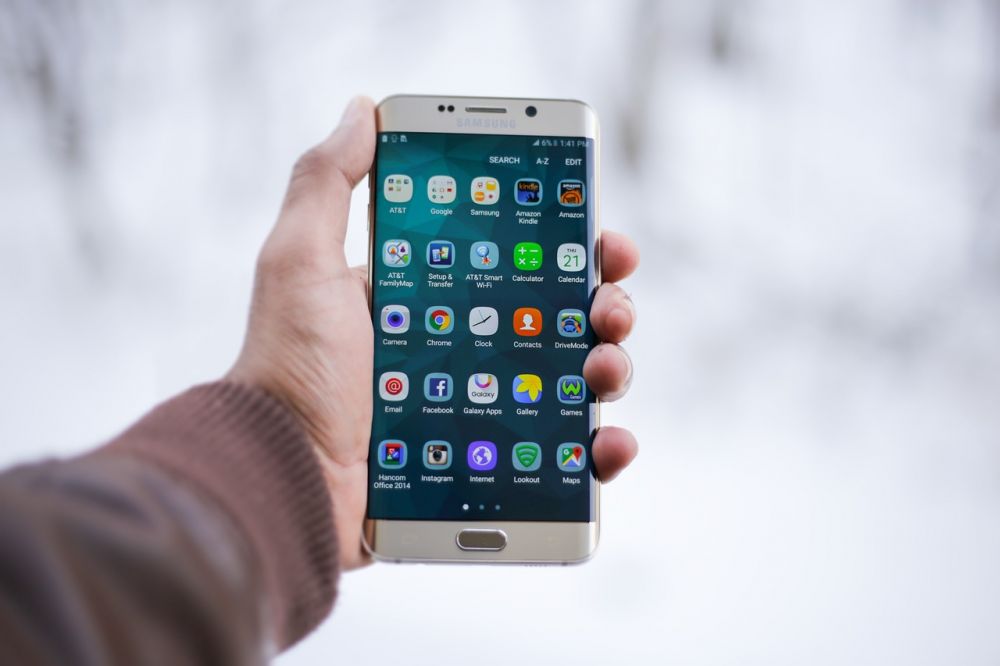Google Translate App - Breaking Language Barriers with Technology

Introduction to Google Translate App
The Google Translate App is a revolutionary tool that has transformed the way people communicate across languages. It is a mobile application developed by Google and is available for both iOS and Android devices. With over 500 million downloads worldwide, the app has become an indispensable companion for travelers, language learners, and anyone who needs quick and accurate translations.
Key Features of Google Translate App

The Google Translate App offers a wide range of features that make it a reliable and efficient translation tool. Some of its key features include:
– Instant Translation: The app allows users to translate text, speech, and even images in real-time. Simply speak into your phone or snap a photo of a sign or document, and the app will generate a translation instantly.
– Offline Translation: One of the most remarkable features of the Google Translate App is its ability to work offline. Users can download language packs in advance and use the app without an internet connection, making it perfect for travelers in remote areas.
– Conversation Mode: This feature enables users to have a real-time translation of a conversation between two people speaking different languages. Simply speak into the app, and it will translate your words into the desired language, and vice versa.
– Phrasebook: The app also allows users to save commonly translated phrases for quick access. This feature is particularly useful for frequent travelers or individuals learning a new language.
The Evolution of Google Translate App
The Google Translate App has come a long way since its inception in 2006. Originally, it was a simple online translation service that provided text and webpage translations. However, as mobile technology advanced, Google recognized the need for a mobile application to facilitate translations on the go.
In 2010, Google released the first version of the Google Translate App for Android smartphones. This marked a significant milestone in the app’s evolution, as it brought real-time translation capabilities to the palm of users’ hands. Over the years, Google has continuously updated the app, adding new features and improving its accuracy.
In 2015, Google introduced the Word Lens feature, which allows users to translate text in images in real-time using the phone’s camera. This feature revolutionized the way people interact with foreign signs, menus, and documents. It was a game-changer for travelers and language learners, making it easier than ever to navigate unfamiliar environments.
Recently, Google has also incorporated machine learning technology into the app, significantly enhancing its translation accuracy. The app now utilizes neural machine translation, a method that uses artificial intelligence to improve translation quality by analyzing patterns and context.
How to Optimize Your Google Translate App Experience
To make the most of your Google Translate App, follow these tips and tricks:
– Enable Tap to Translate: This feature allows users to translate text from any app by simply copying it. Activate this function in the app’s settings to translate text effortlessly while browsing or messaging.
– Improve Accuracy with Phrase Suggestions: The app offers phrase suggestions as you type, which can help make your translations more accurate. Pay attention to these suggestions and select the most appropriate one for your context.
– Contribute to the Community: Google Translate App relies on contributions from users to improve its accuracy. You can submit better translations if you come across any inaccuracies or suggest alternative translations for specific words or phrases.
In conclusion, the Google Translate App is a versatile tool that has transformed the way we communicate across languages. With its innovative features, offline capabilities, and continuous advancements in accuracy, the app has become a must-have for tech enthusiasts, travelers, and language learners. Download the app today and break down the language barriers with the power of technology.





